The RingConn Smart Ring is a fairly successful first-generation wearable with many well-done features. The smart ring’s design, portable charging case, and breadth of data are all commendable, and the availability of beta features shows promise for future development. With some small adjustments to tracking accuracy and the app experience, RingConn could earn a place among the smart ring leaders.
It is widely accepted that competition breeds improvement, if not innovation. It’s difficult to excel without any examples, benchmarks, or comparisons. I know because I thought I was really good at drawing seahorses as a kid until I saw what a seahorse is supposed to look like. Luckily, wearable brands have plenty of existing products to look to when building out their own offerings, and this has never been more true for smart ring makers. The RingConn Smart Ring joins a growing pack of petite wearables making their way to shoppers’ fingers. Though this particular smart ring isn’t perfect, it does have potential, and its broader role in the market can’t be ignored.
A familiar look
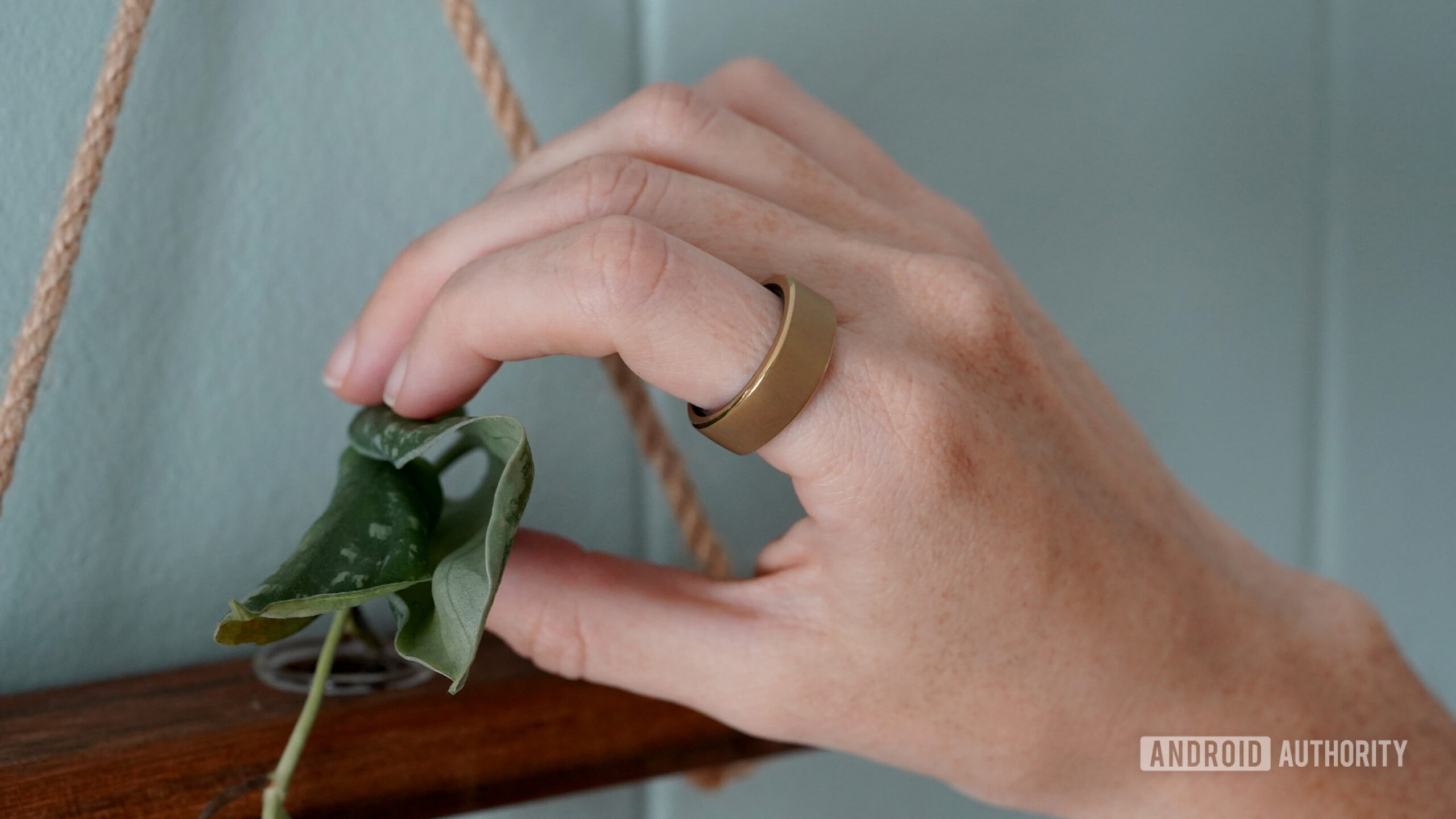
Kaitlyn Cimino / Android Authority
At this point, I’ve worn my fair share of rings (both dumb and smart), and the formula is pretty straightforward. Smart rings typically include a monotone, metallic finish, thick build, and generally circular shape. Bulbous behind-the-scenes sensors are always hidden during wear, with the occasional peek of red or green LED light when viewed from just the right angle. To return to my children’s doodling analogy, the RingConn looks much like what a smart ring “should.”
The basic design cues of the RingConn Smart Ring mirror that of other leading brands, including jewelry-inspired metallic colorways, a thick rounded band, and a lightweight build.
Made from titanium, the ring is durable and lightweight, weighing in at 3-5 grams, depending on which size you choose. Its width is nearly identical to that of the Oura Ring 3, though it’s not perfectly round, so its thickness varies throughout its curve. It’s available in three neutral metallics, including midnight black, moonlit silver, and pale gold, with a dual finish that’s mostly matte but features polished edges. The mix of shine and matte creates an effect that I found uniquely elegant.
I haven’t felt the material scratches easily despite wearing it during workouts and while doing dishes. Its IP68 rating and 5ATM water resistance rating allow me to wear the device in the shower or to swim laps. Unfortunately, the fit is slightly loose despite the helpful sizing kit, so I hesitate to wear it in the pool.
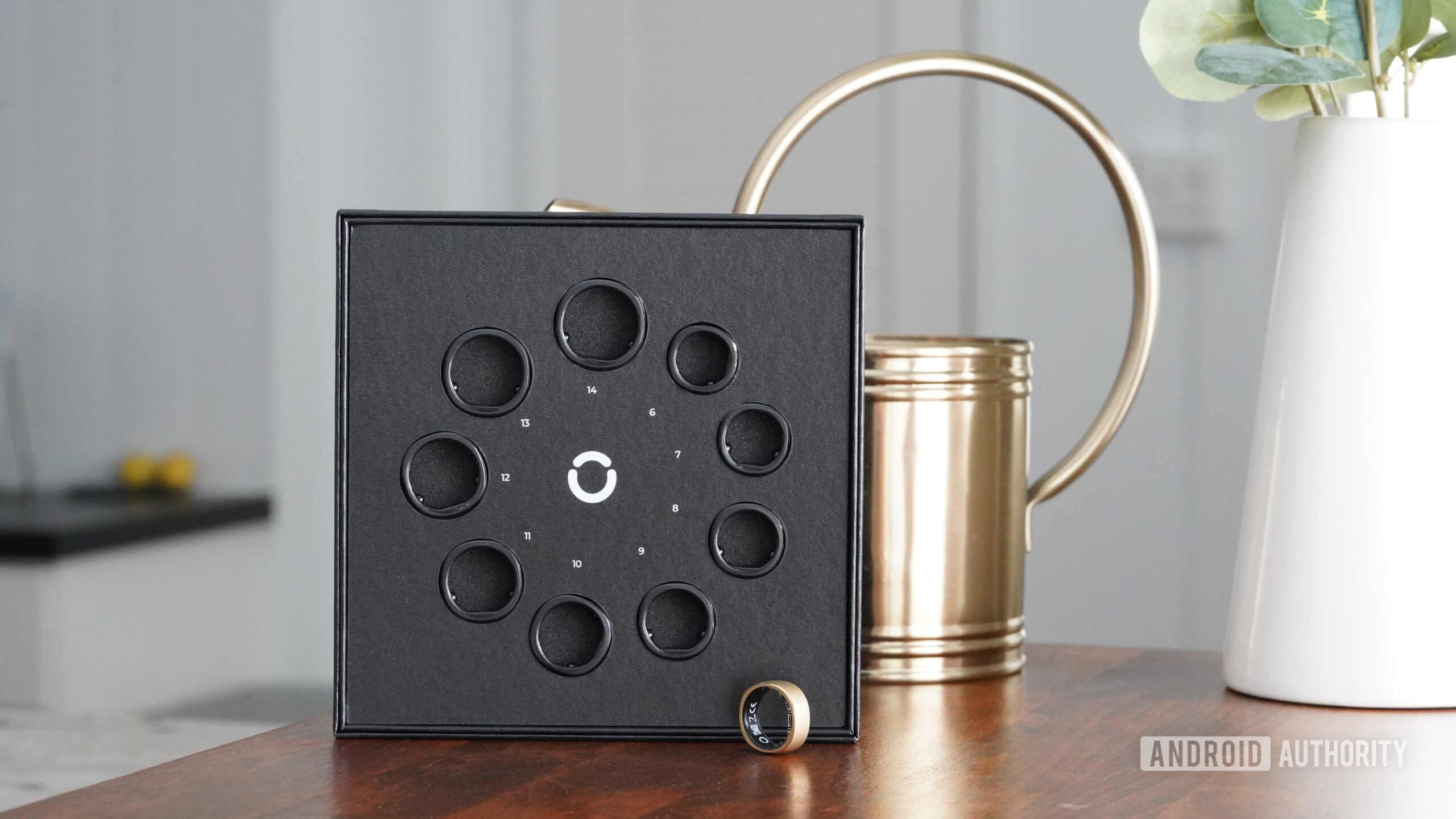
Kaitlyn Cimino / Android Authority
Like other leading smart rings, interested RingConn buyers can receive a sizing kit with nine possible fits ranging from size 6 to 14. I landed right between size 6 and 7 and opted to size up in anticipation of summer swelling. This does mean the ring tends to spin on my finger somewhat and I am often double checking to make sure the sensors are in the correct orientation. With that said, it’s been otherwise very comfortable, and I haven’t woken up without it despite how much I squirm in my sleep.
Standing out from the masses
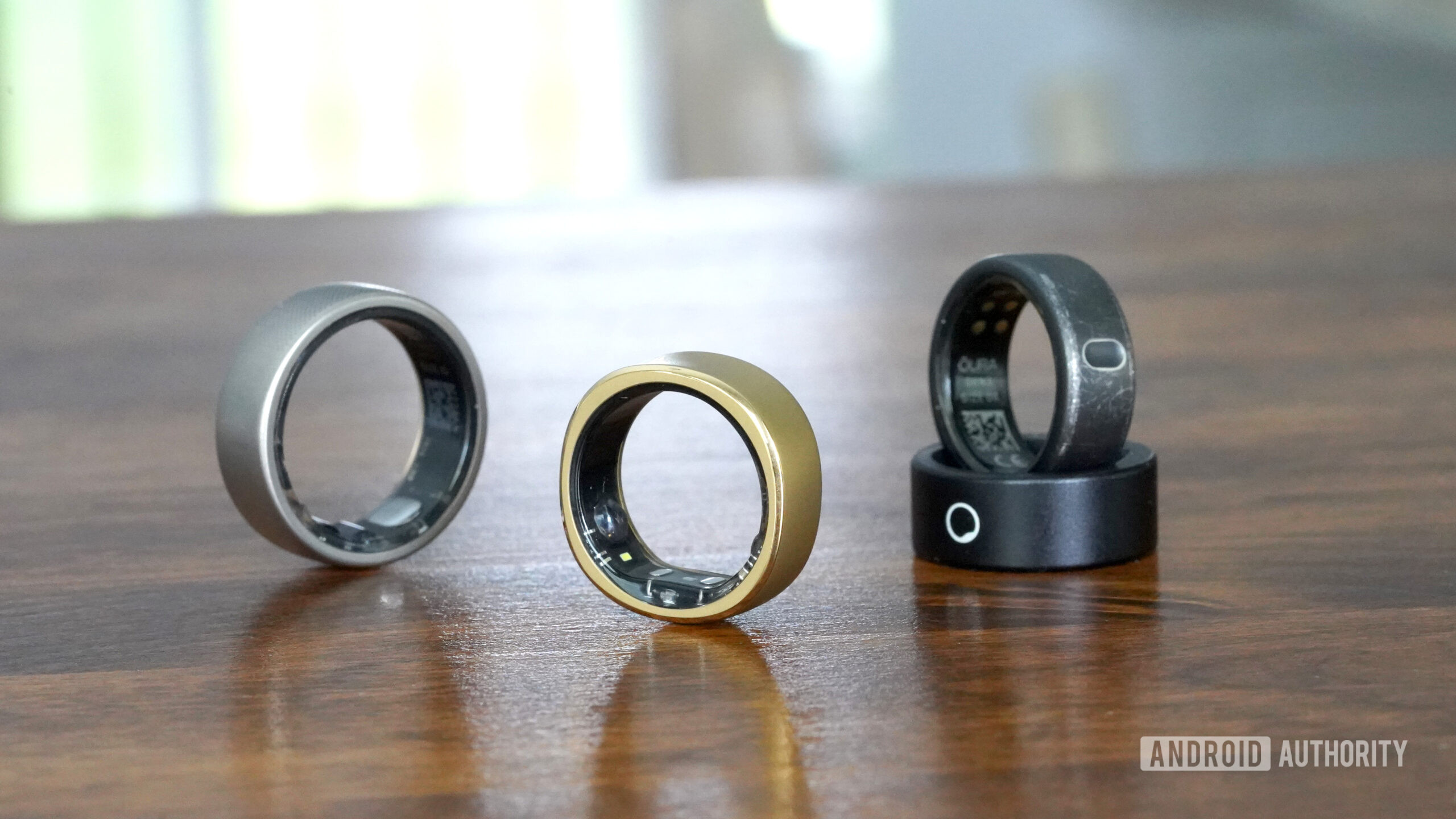
Kaitlyn Cimino / Android Authority
As always, the biggest strength of this smart ring is its subtlety. Unlike bulky smartwatches with colorful displays for overtly tracking stats, finger-based wearables offer a more refined way to wear health sensors. They blend seamlessly with traditional jewelry and passively gather metrics while you go about your day. Without notifications, screens, and speakers, smart rings are background characters, and to this end, most brands are successful in delivering a covert monitoring experience. The key is how each company distinguishes itself.
The RingConn’s biggest strength is its price point. It’s listed at $279, or $20 less than the cheapest Oura Ring 3 model. More importantly, it does not require a monthly or annual subscription of any kind. Meanwhile, Oura has a pricing structure with a $300-350 price range and a monthly fee for access to the full feature set. Other rings, like the Amazfit Helio Ring, follow a similar starting price plus subscription model, too. I cannot lament enough how much I despise the growing trend of wearables with attached subscription fees. A capable smart ring with a one-time cost is a highly attractive option. The hotly anticipated Galaxy Smart Ring launches in a matter of days as of the publication of this review, and so far, it’s not clear if it’ll go the RingConn or Oura route, but I strongly hope it’s the former.
A second unique feature of the RingConn is its portable charging apparatus. The small hockey puck-shaped case houses a 500mAh battery with enough juice to recharge the ring from zero to 100% roughly 18 times. This means you don’t need an outlet to keep your device online, you can simply pack the portable case for extended trips and drop your ring into place when it needs topping off. I found a full charge lasts about six days and takes a little under 90 minutes to replenish. When needed, the case itself recharges via USB-C cable.
I love this charging method for convenience, portability, and reliability. When I place the ring in the case, I am confident it is properly aligned and won’t be bumped askew like other wearables often do when charging. I also appreciate that I can check the app for the battery status of my ring along with an estimate of how many days and hours of usage it has remaining. I only wish there was a way to check the battery level of the case as well.
An app with aptitude but maybe not accuracy
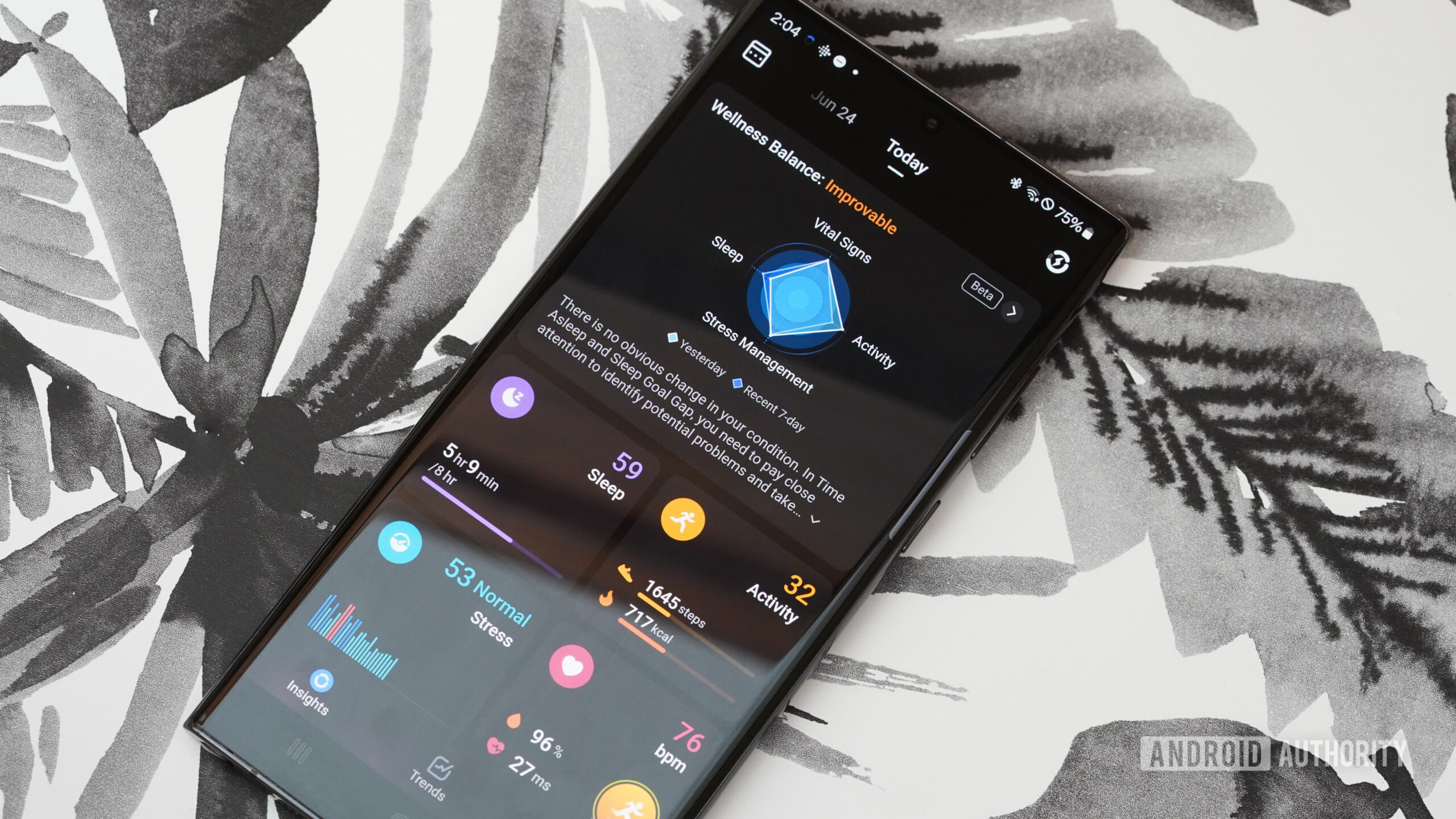
Kaitlyn Cimino / Android Authority
Accuracy is another vital aspect of any wearable experience, and without a screen, smart ring users rely entirely on companion apps to evaluate data. The RingConn Smart Ring clocks all the basics on paper, including sleep, stress, activity, blood oxygen, and heart rate. It also offers automatic nap detection and period forecasts, step, sleep, and calorie goal setting, and sports tracking modes currently in the Beta stage. You can share health data with loved ones directly from the app, review historical data for trends, and collect badges for accomplishing lifestyle goals and personal achievements.
The app itself is well organized. I enjoy the Wellness Balance graphic at the top of the Insights tab, which represents how sleep, vital signs, activity, and stress weigh in. It offers a quick, at-a-glance interpretation of your day that can help you make better choices, like focusing on sleep or dragging yourself to the gym. The Insights tab also features digestible stat cards for each major health metric. You can tap into additional details and deeper insights, and RingConn does a solid job breaking down data to present users with key takeaways.
Tapping the sleep card, for example, brings up sleep stages, efficiency stats, graphs for heart rate, HRV, SpO2, and details for overnight skin temperature and respiratory rate. You’ll also find a sleep summary comparing your night’s rest to previous trends. Likewise, you can head over to the Trends tab to evaluate more measurables by week, month, or year. I wouldn’t say RingConn offers as much personalized, in-depth guidance as Oura, but most users would be happy with how much the app has to offer.
Unfortunately, the app and data collection and accuracy could use a fair amount of improvement. Throughout my testing, I found sleep tracking overestimated my stats compared to other wearables, especially in total time asleep. The ring also recorded lower average heart rates than my Apple Watch despite accurate spot checks. After digging into the data I found it didn’t always hit the high range of my heart rate during workouts. These imperfections aren’t unexpected from a first-generation device, but I would like to see RingConn improve its sensors and/or algorithms in the future. The company is currently seeking FDA clearance for the device’s oximeter and sleep apnea monitoring and hoping for approval before the end of the year, which would be a major benefit.
Within the app, there are also a few minor pain points. As far as I could tell, notifications are limited to in-app reminders, so you won’t get a push notification when the ring’s battery is running low, or you’ve forgotten to put it back on after applying sunscreen. (If you spread lotions with rings on your fingers, you’re a monster.) The ring also only syncs when you open the app rather than syncing in the background throughout the day. This means a slight but inconvenient delay in viewing your data. Additionally, I’ve found the ring has to be very close to my phone to sync compared to other wearables. Most of the time, this isn’t an issue as it’s on my finger, connected to the hand holding the phone. However when I tried to check my stats while charging the device, I ended up army crawling across the bed to get closer to my nightstand.
RingConn Smart Ring review: The verdict
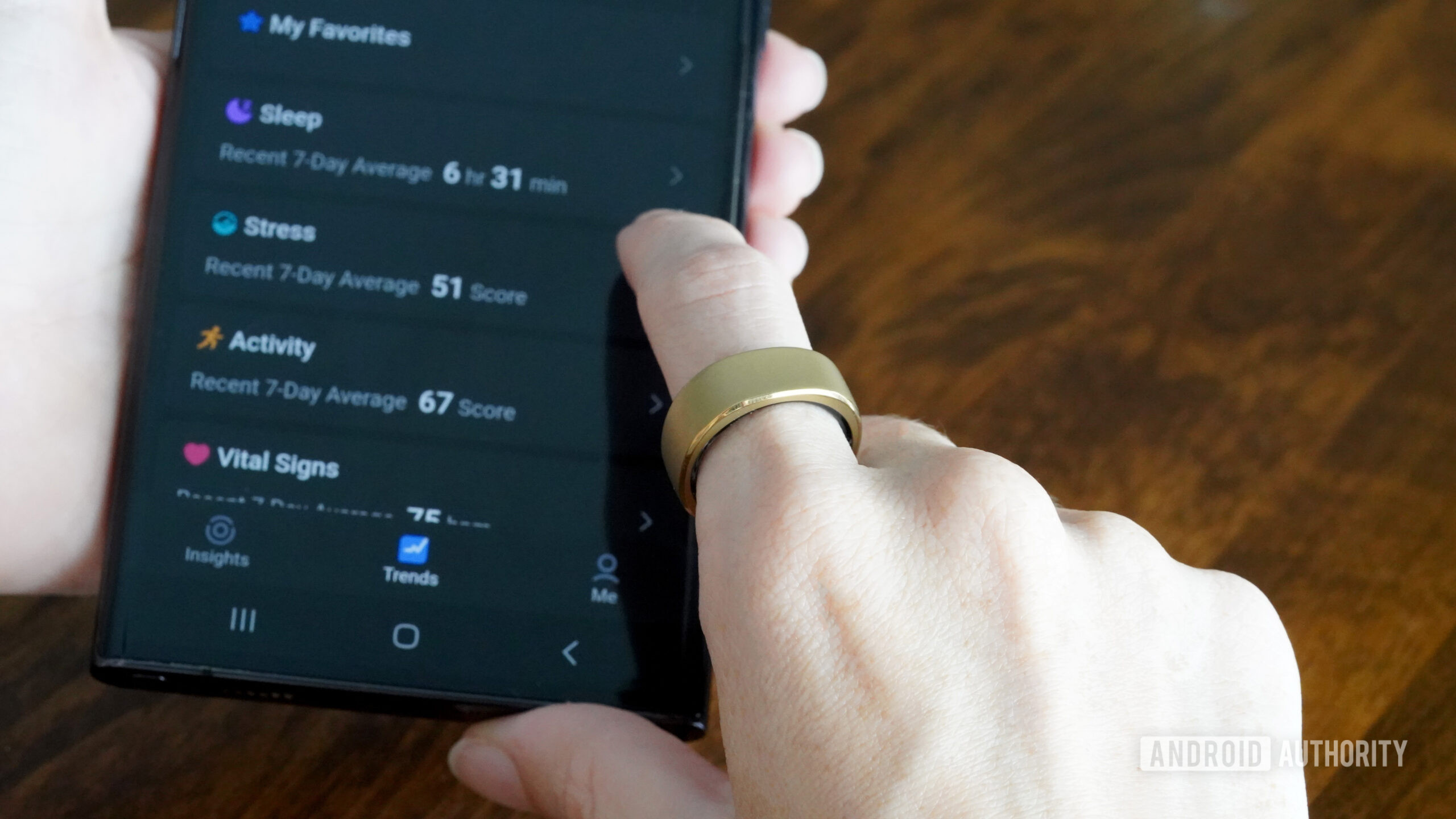
Kaitlyn Cimino / Android Authority
I always love to see a first-generation device and I’ve certainly seen far less successful launches than the RingConn Smart Ring, especially in the nascent smart ring space. RingConn’s band looks and performs a lot more like a reliable wearable than my drawings looked like a real sea creature. Users will find all the fundamentals on board, plus an approachable companion app and a variety of beta features that tell me the company is serious about its future development. I also really appreciate the admirable commitment to a one-time cost structure.
The RingConn Smart Ring is perfectly decent if you want a smart ring that can provide a general idea of your health and wellness stats.
For better or worse, though, the smart ring market is getting increasingly crowded and competitive. It will take accuracy and a broad feature set to win over potential buyers, especially from established fanbases like the Oura Ring 3’s. If the Galaxy Ring lands with as many fitness tracking features as I’d like to see, RingConn and others will also need to branch out in that direction to keep up. Likewise, RingConn would benefit from the addition of NFC support.
The RingConn Smart Ring is perfectly decent if you want a smart ring that can provide a general idea of your health and wellness stats, but nearly $300 is a lot to spend on any device, and this one needs some work. However, I am optimistic it will continue to improve with software updates, and I’m interested to see future generations from the company. Each new player in the smart ring field helps all parties improve, and there are plenty of lessons other brands could learn from RingConn’s noble, but flawed first attempt. As a user, I’m stoked to see how much growth this corner of the market has already seen and excited for what’s to come.

RingConn Smart Ring
Elegant lightweight design • Handy portable charging case • No subscription fee
Subscription-free smarts.
The RingConn Smart Ring offers smart ring health tracking features without the need for a subscription.

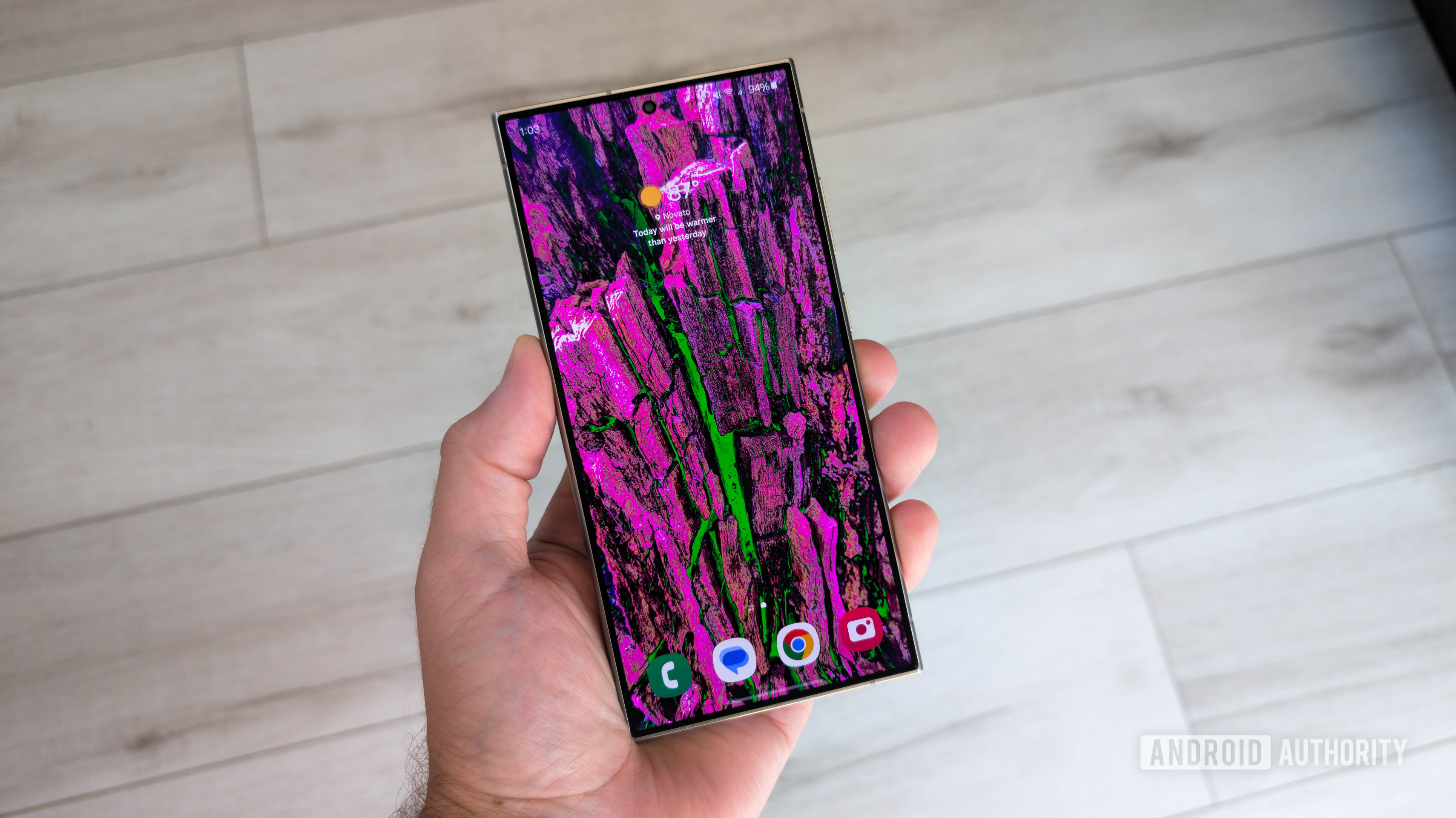
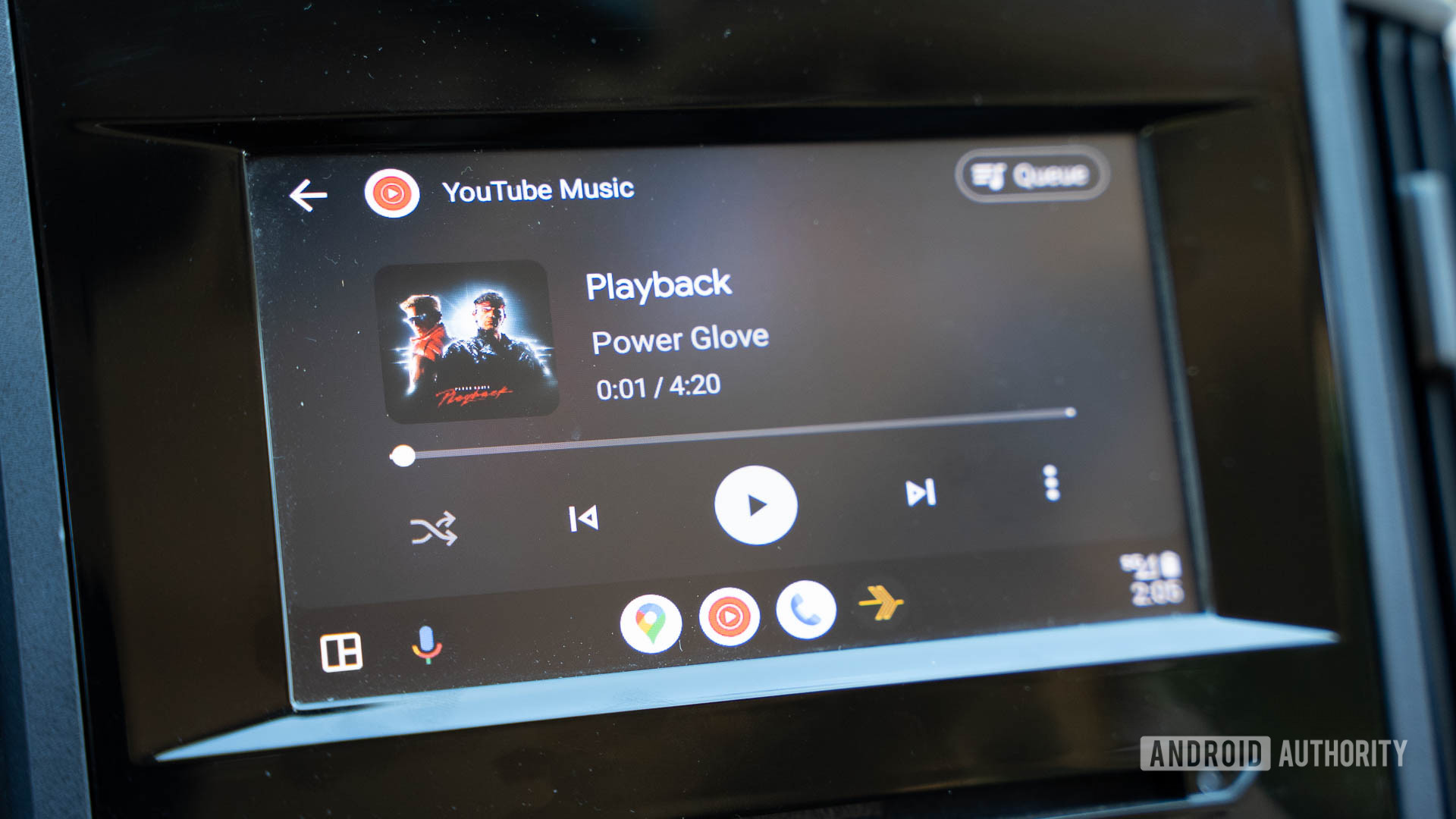




 English (US) ·
English (US) ·